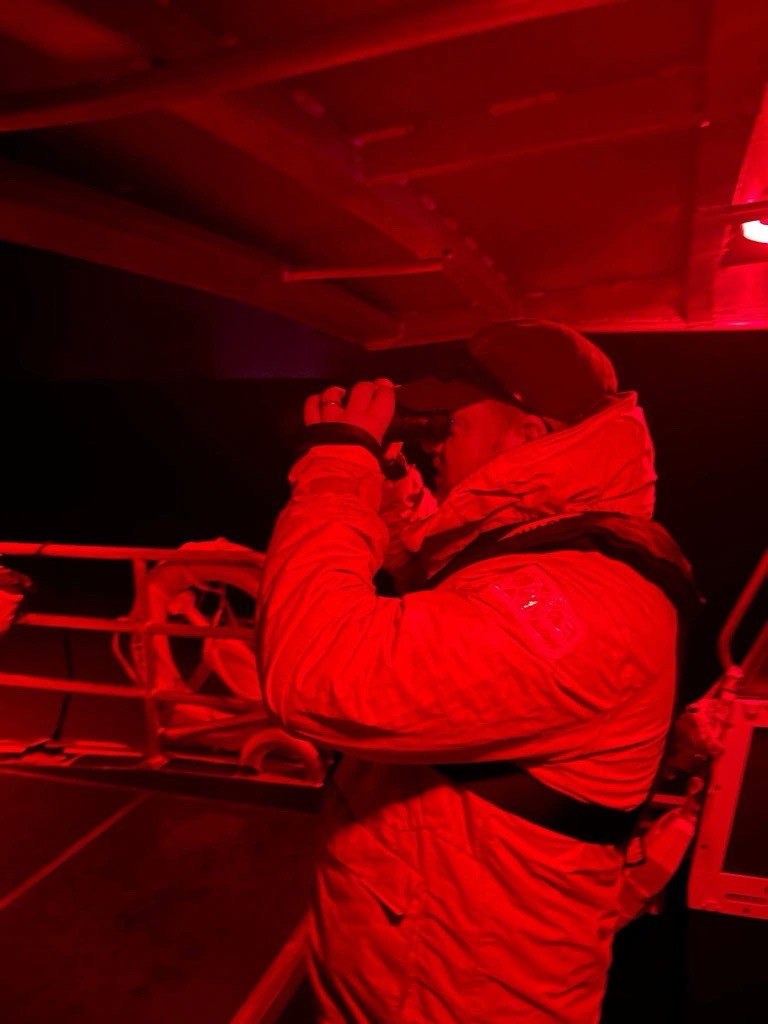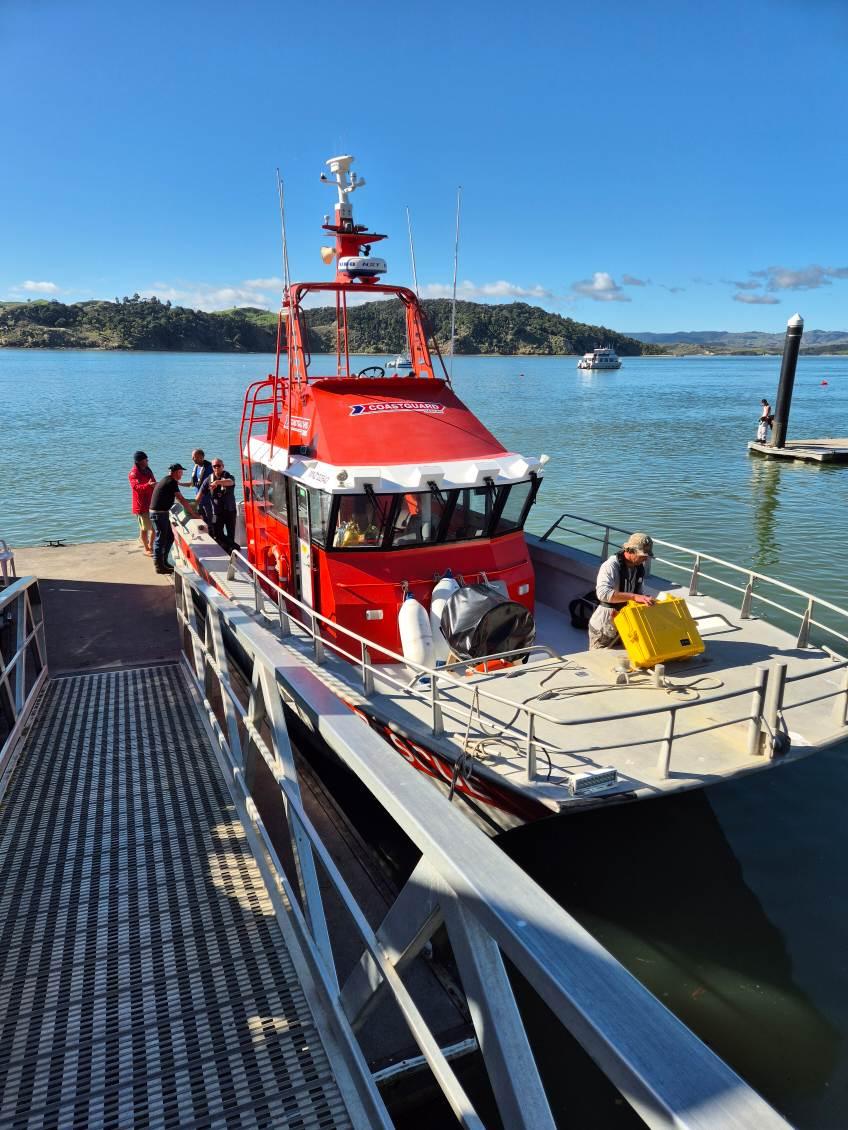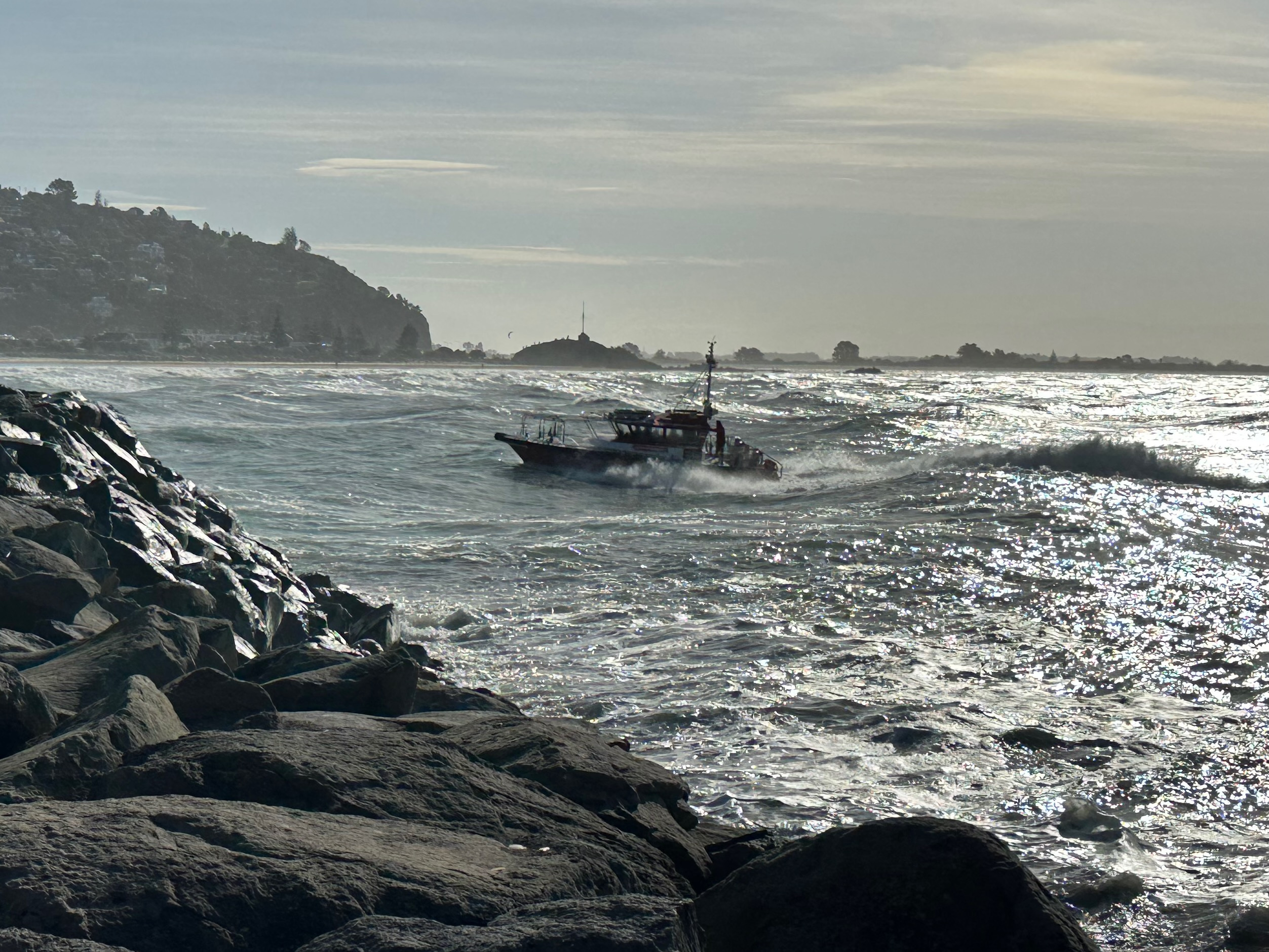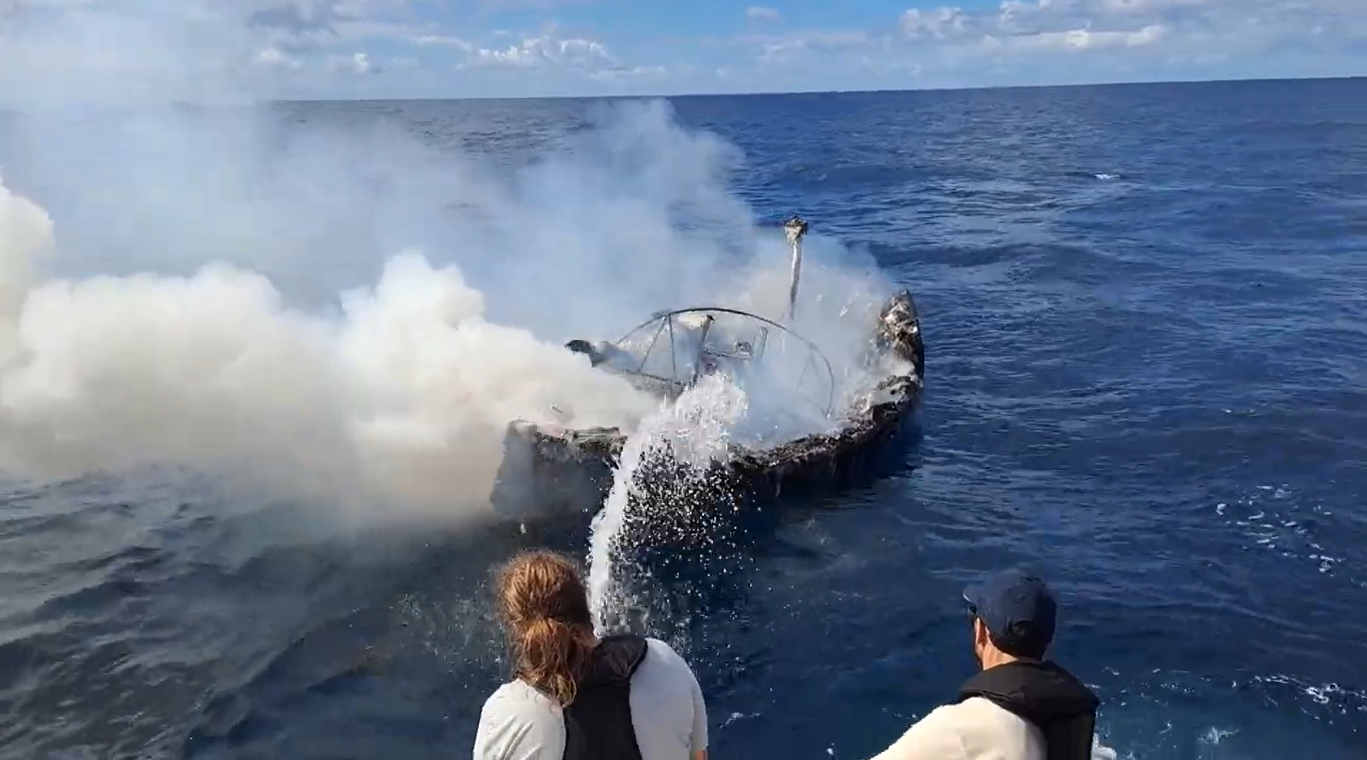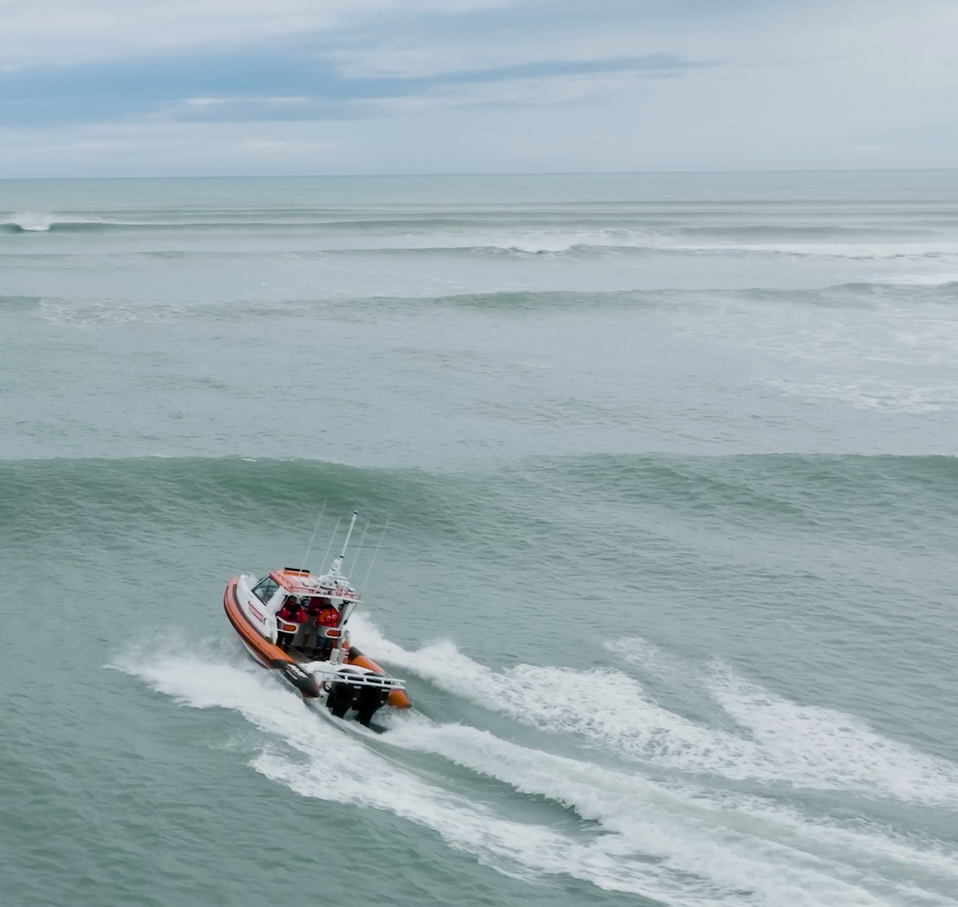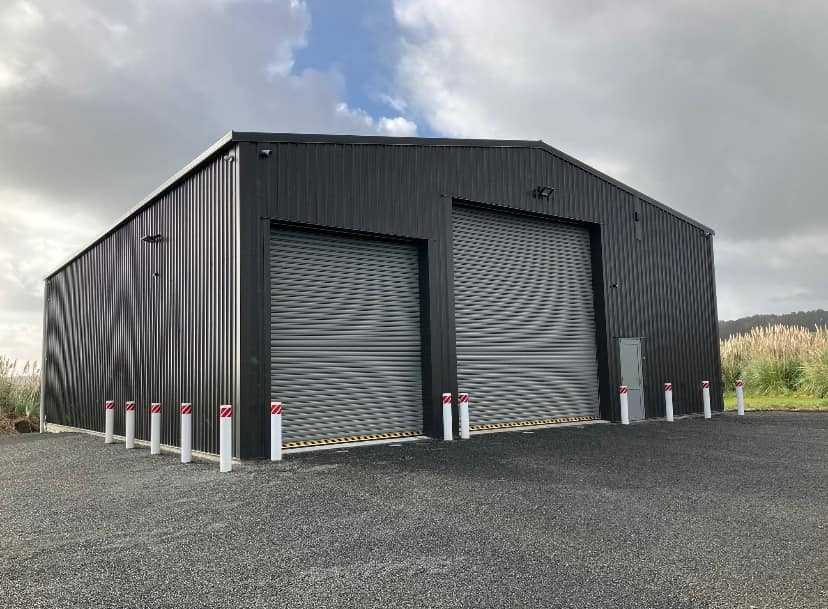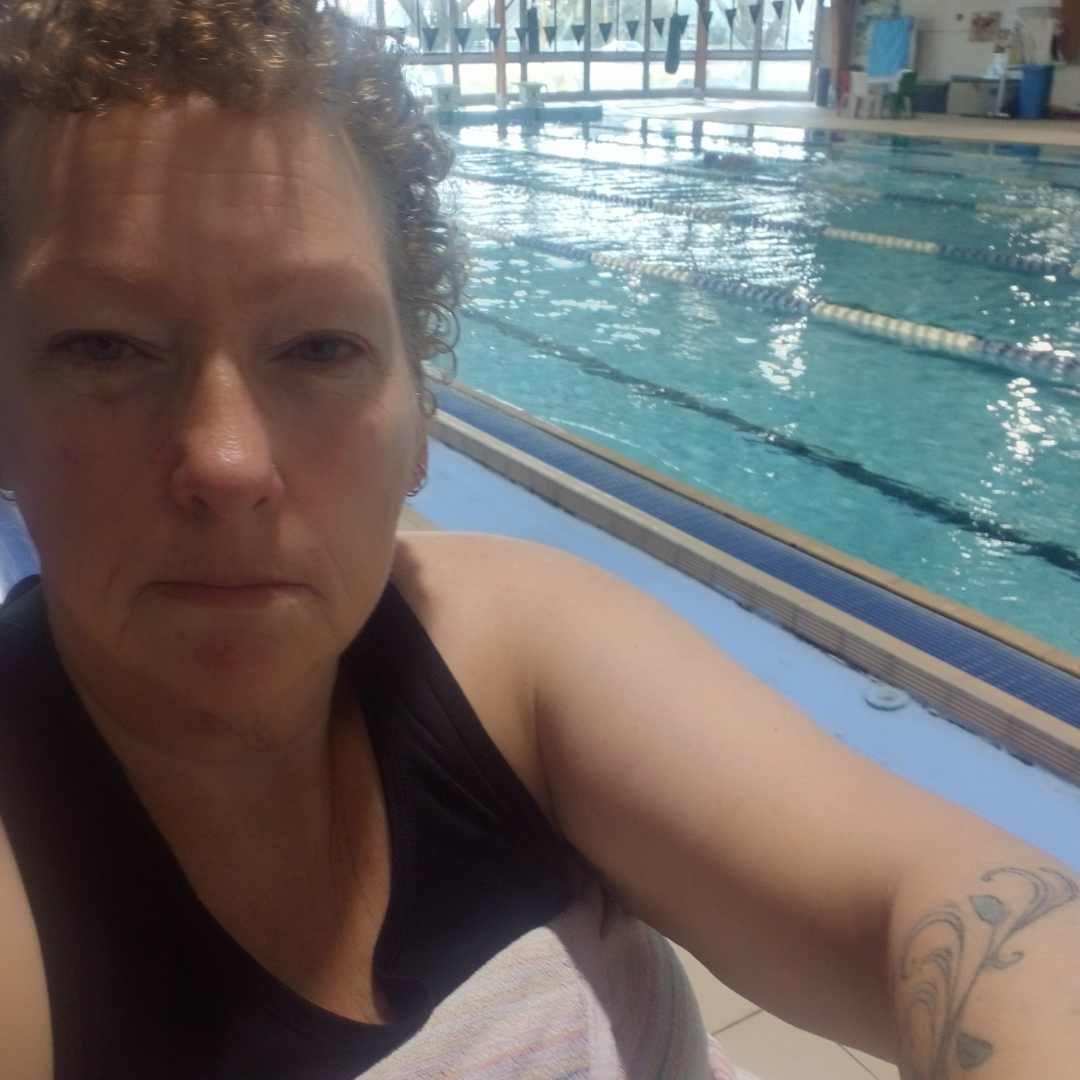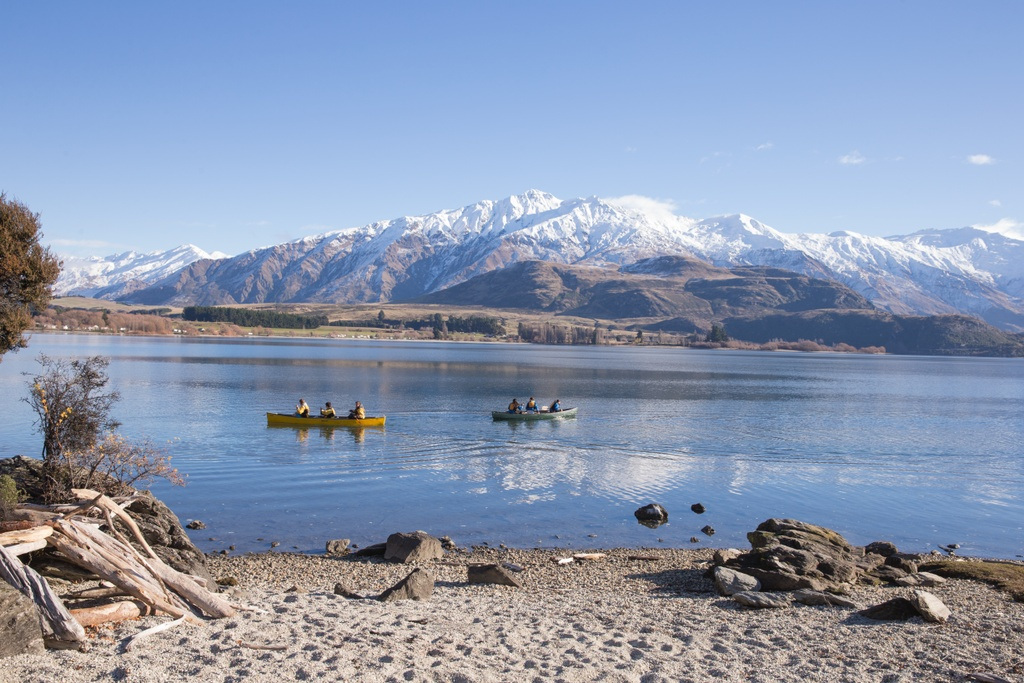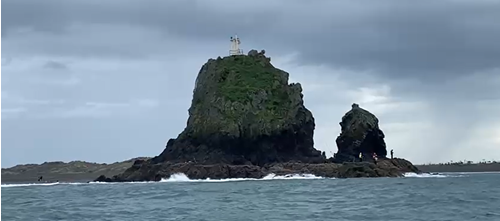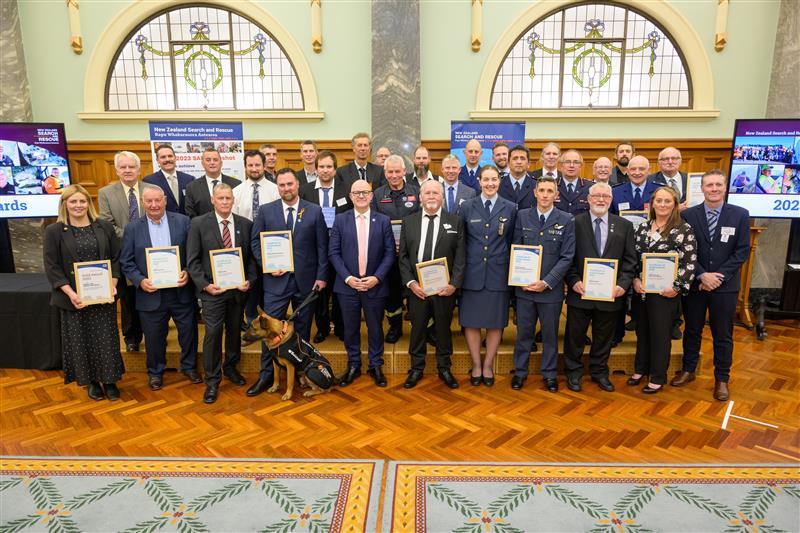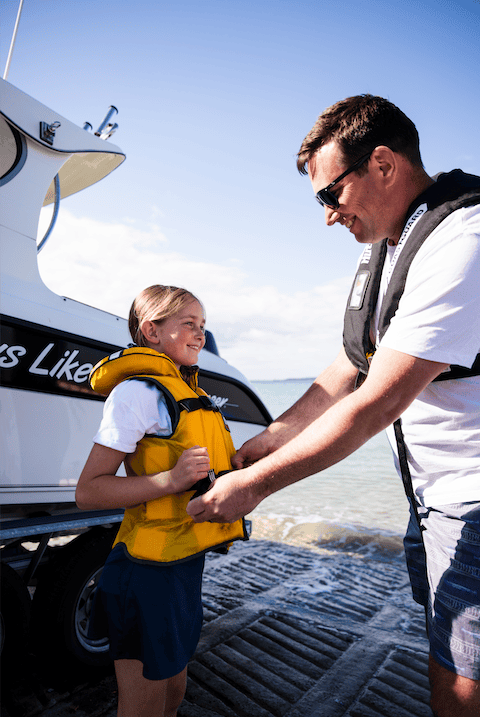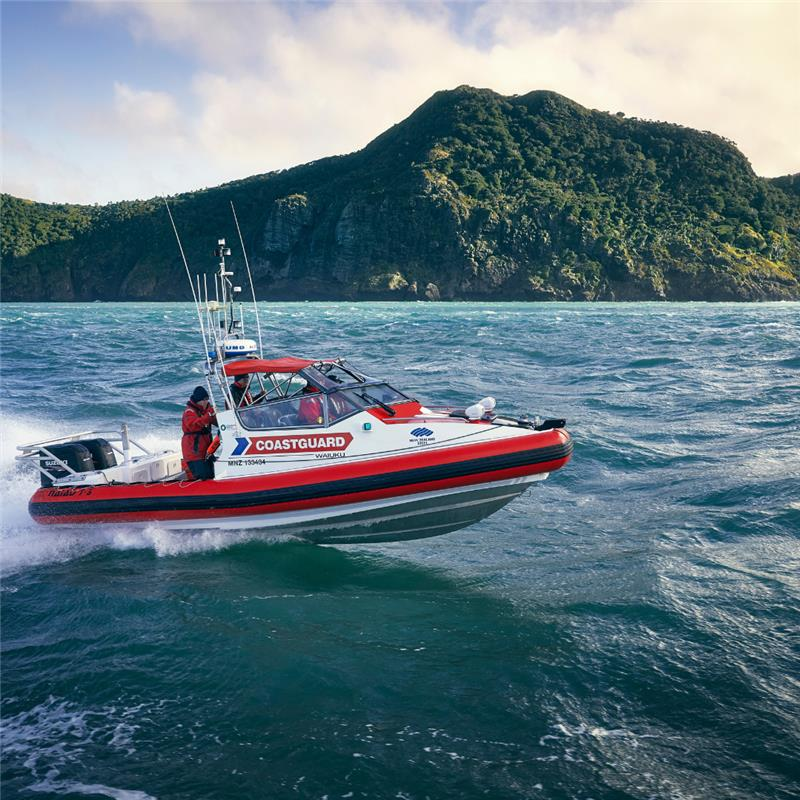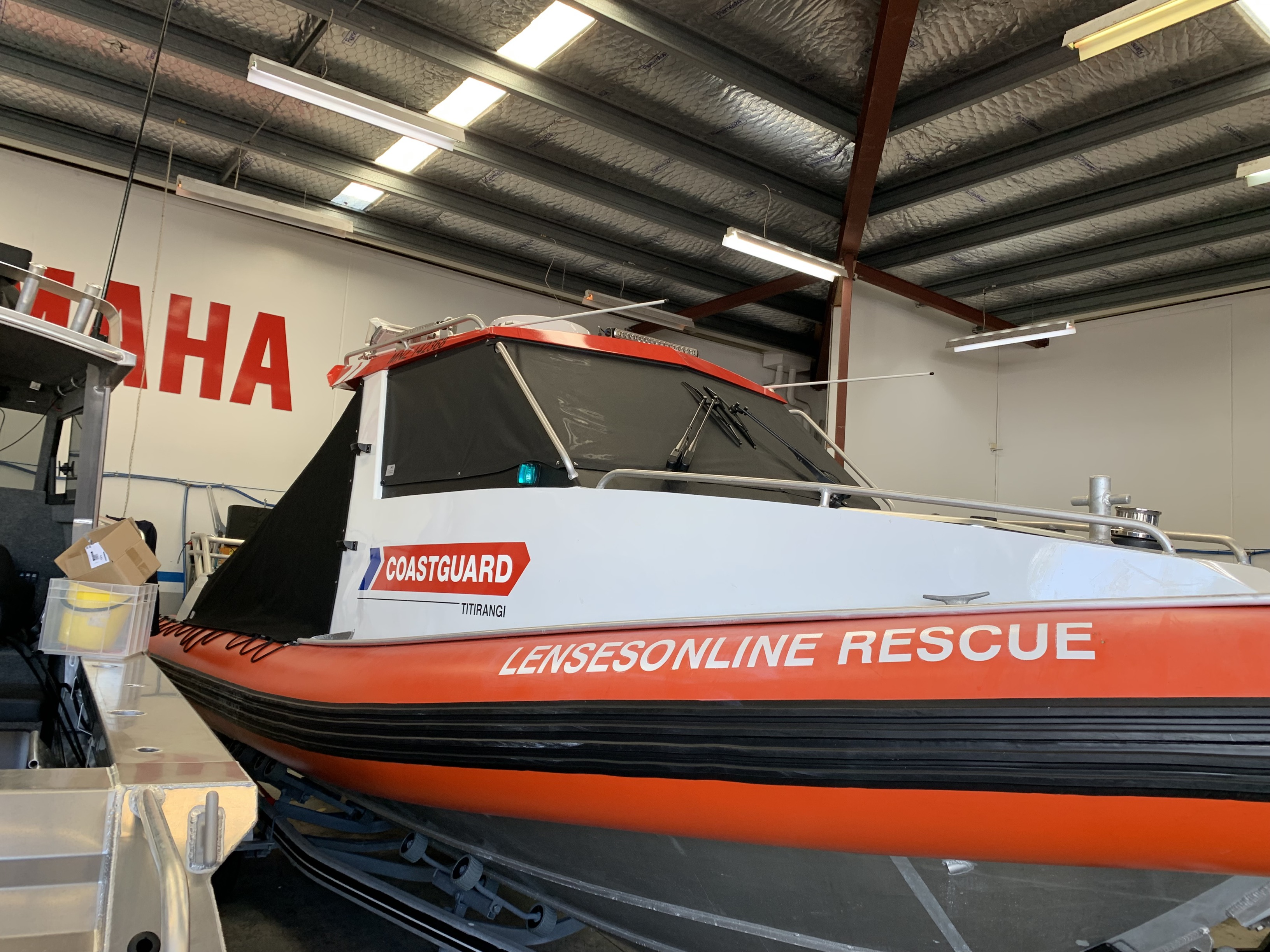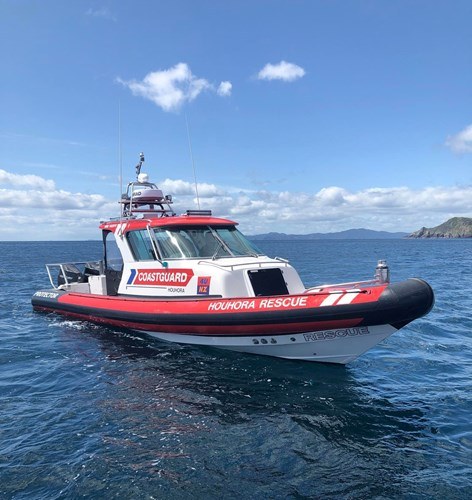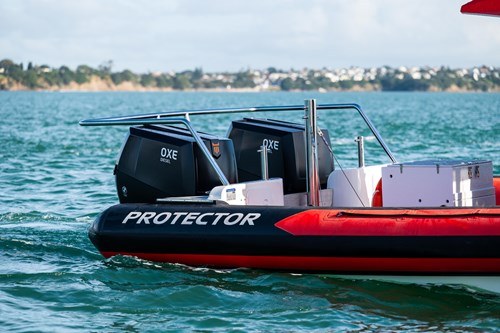Coastguard is the charity saving lives on the water, and all crew members are volunteers – regular people with regular jobs. They’re ready to drop everything to come to your rescue when you need them most.
Read about our latest rescues, safety campaigns, and community events below.
Filter by
July 3, 2025
June 6, 2025
May 22, 2025
May 11, 2025
May 9, 2025
May 8, 2025
April 25, 2025
It takes a crew to save a life
Coastguard is a charity powered by volunteers. Your support can help make boating safer for all Kiwis.
